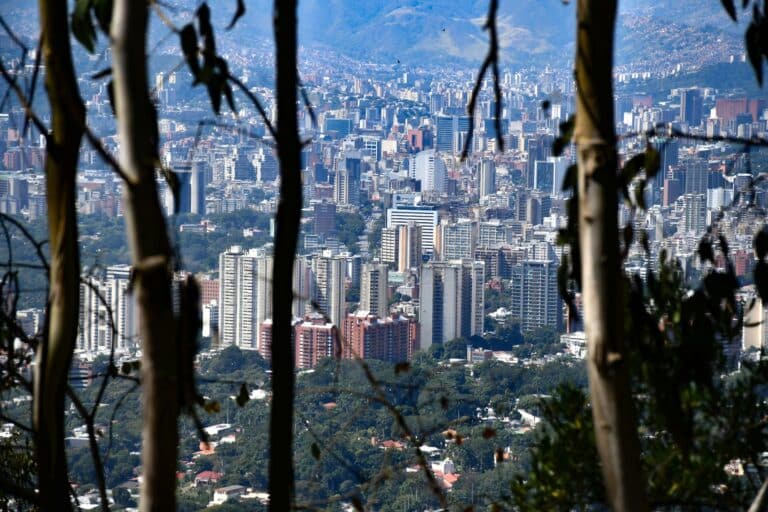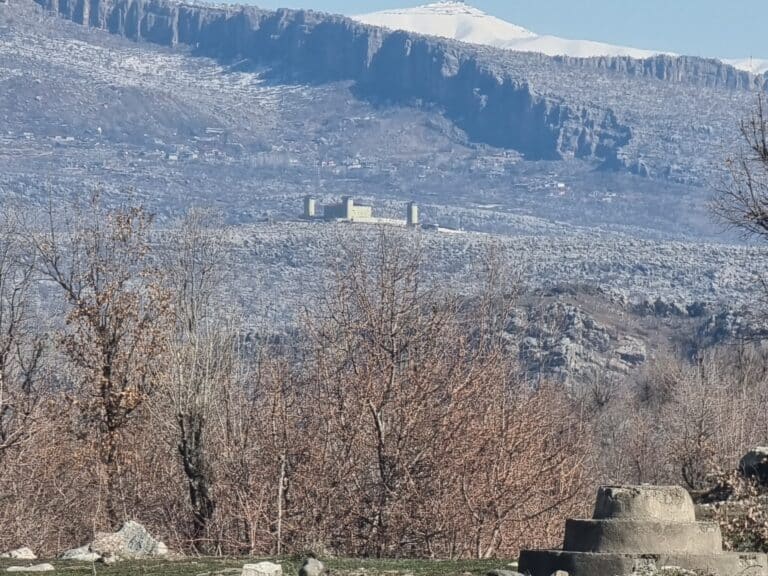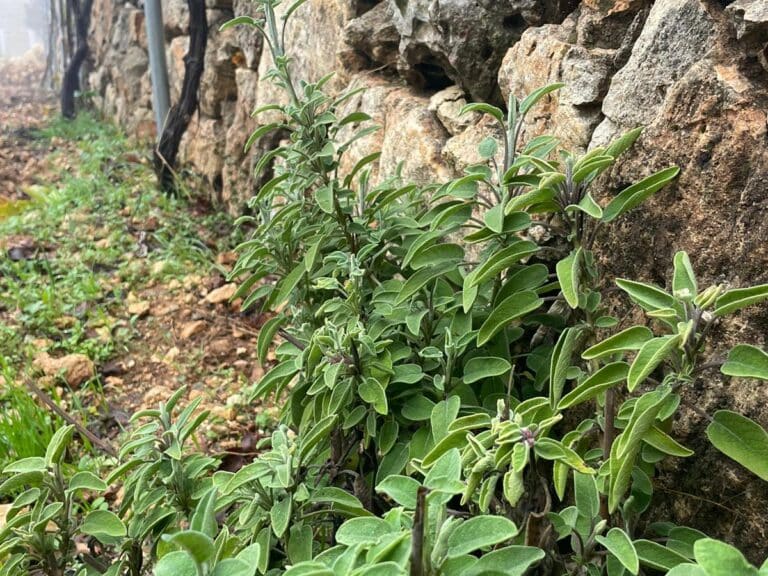“Deadly End” is published in a liminal era, when its subject, Moria Reception and Identification Center (RIC) in Lesvos, Greece, is a thing of the past, but while migration detention centres remain the present and the future of Greek and European migration policy. Countless journalistic and academic articles in the local and international press have been written about Moria RIC to portray the stories of suffering and trauma but we have found no serious admission of responsibility for the construction of this ‘hell,’ nor restorative action for those who suffered there and tragically few investigations into the deaths that occurred during its operation.
This report aims to mark the deaths of people residing in Moria RIC from the implementation of the ‘EU-Turkey Deal’ on 20 March 2016 until the RIC’s permanent closure on 9 September 2020. Despite the extensive production of discourse on detention centres and Moria RIC in particular, we identify a research gap regarding the deaths in these camps in published reports and statistics. Within this discourse, the deaths that occurred within the RIC are perceived as ‘tragic’ but ‘isolated incidents,’ often completely disconnected from the existence and functioning of the RIC. This perspective – for anyone who has been involved in any way with the RIC’s environment – is disconnected from reality.
From our point of view, the way detention centres were built and operated implicitly foretold of the migrant deaths that followed. In other words, according to the testimonies of the people we spoke to, the distance between life and death becomes dangerously close inside the detention centre. It is precisely this liminal space that we try to describe in this report.
We present quantitative and qualitative data on the deaths that occurred in the detention centres of Lesvos, particularly after their conversion into ‘hotspots’ in March 2016. According to its critics, this model ‘has been marked by endless waiting, uncertainty and the erosion of whatever meagre rights were previously in place. Its introduction marked the degradation of asylum procedures in Greece. This report further attempts to preserve memories that the architects of migration policies have every reason to want to erase. We hope that the records within this report, together with the descriptions that accompany them, will be considered not only as inextricable from Greek and European management of migration but also as a part of the history of Lesvos.
Two and a half years after Moria RIC’s destruction, the overall account of its operation has not yet been written. This report, with all its imperfections and shortcomings, attempts to make a contribution to that account.




